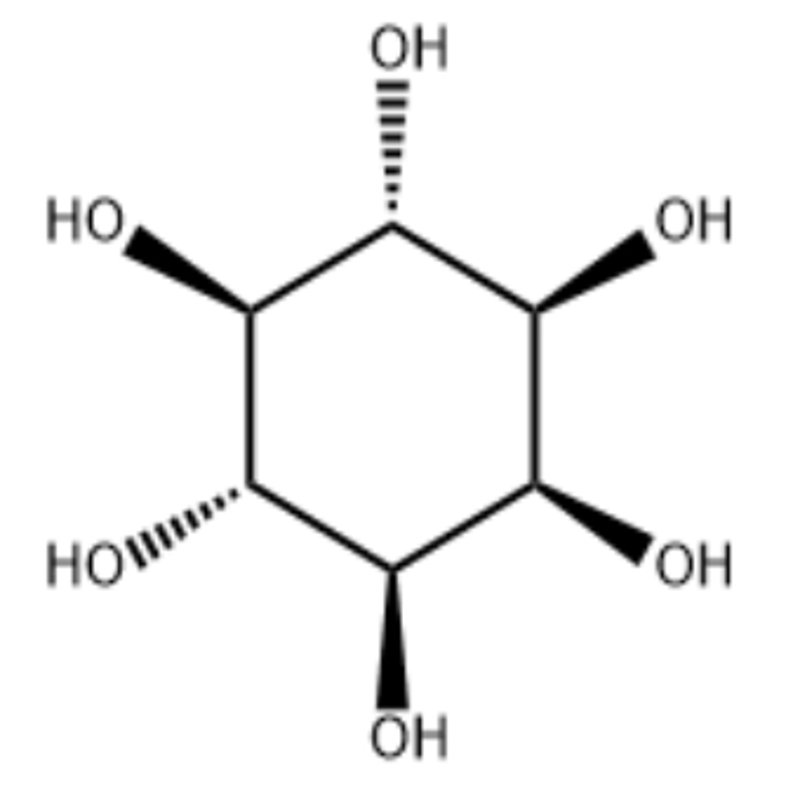-
Categories
-
Pharmaceutical Intermediates
-
Active Pharmaceutical Ingredients
-
Food Additives
- Industrial Coatings
- Agrochemicals
- Dyes and Pigments
- Surfactant
- Flavors and Fragrances
- Chemical Reagents
- Catalyst and Auxiliary
- Natural Products
- Inorganic Chemistry
-
Organic Chemistry
-
Biochemical Engineering
- Analytical Chemistry
-
Cosmetic Ingredient
- Water Treatment Chemical
-
Pharmaceutical Intermediates
Promotion
ECHEMI Mall
Wholesale
Weekly Price
Exhibition
News
-
Trade Service
A single subcortical infarction (SSI) is an ischemic lesion with two main pathological types, mainly associated with atherosclerosis (AS) and cerebral small vessel disease (CSVD
).
SSI symptoms are usually mild, but motor and sensory dysfunction is significant, and many SSI patients in the acute phase of stroke experience worsening of neurological deficits, known as early neurological deterioration (END), which can worsen physical disability after stroke and prolong recovery time
.
Diabetes was identified as an independent predictor
of stroke.
Stroke cases with diabetes have worse
motor function.
After the onset of cerebral ischemia, the pro-inflammatory process is further accelerated, leading to increased
ischemic injury.
The ratio of neutrophils to lymphocytes (NLR) is a cheap, simple, widely used, and highly stable factor that reflects systemic inflammation, and it is less susceptible to
physiological states.
NLR was positively associated
with the risk of death up to 3 months after stroke.
A growing number of studies have reported the sensitivity
of NLR in predicting stroke severity and short-term prognosis.
However, there is less research on the role of NLR in the cerebrovascular complications of diabetes, so the focus of this study is to determine the potential role of NLR in SSI and END in patients with diabetes to facilitate early screening and treatment
.
Subject characteristics
The authors included 235 cases
with SSI between January 2019 and December 2020.
Based on the increase in NIHSS scores, patients were divided into END and non-END groups
.
Table 1 lists the baseline clinical parameters of the enrolled patients, of whom 53 (22.
5%) were diagnosed with END
.
There were no significant differences
in age and sex between the two groups.
Similarly, vascular risk factors, including hyperlipidemia, diabetes, and hypertension, did not show any difference
.
Patients with END have an increased initial NIHSS score (P<0.
001) and an increase
in the diameter (P<0.
001) and length (P = 0.
005) of ischemic lesions compared with non-END cases.
Table 1 Clinical features of general patients in the non-END and END groups
Patients with SSI and diabetes mellitus
The relationship between NLR and END
Among patients with SSI and diabetes, 22 (23.
6%) were diagnosed with END
.
Univariate logistic regression analysis showed that END was associated with
NLR, lesion diameter, and SSI type.
Multivariate logistic regression analysis showed that NLR was significantly correlated
with END.
Therefore, the authors recommend NLR as an independent risk factor for predicting END (Table 2).
Table 2 Logistic regression analysis of END-related factors in patients with SSI combined with diabetes
After adjusting for multivariate analysis of confounding factors in SSI type hierarchical subgroup analysis, NLR values in patients with BAD were significantly correlated with END (aOR, 1.
819; 95% CI, 1.
049-3.
153, P = 0.
033).
In addition, no statistically significant differences
were observed in CSVD cases.
In addition, NLR was significantly associated with END in precirculation patients (aOR, 2.
102; 95% CI, 1.
095-4.
037, P = 0.
026) (Table 3), but there was no statistically significant difference in posterior circulation patients (as shown in Table 3).
Table 3 Logistic regression analysis of END-related factors in posterior and anterior SSI subgroups
discuss
The NND group with SSI and diabetes in the study had higher NLR values, while it did not occur in patients without diabetes
.
In addition, NLR is considered an independent risk factor
for END.
The ratio of neutrophils to lymphocytes is considered an indicator
of systemic inflammation.
Recently, NLR has also been found to be associated with
short- and long-term outcomes in ischemic stroke.
After stroke-reperfusion therapy, higher NLR is associated with short-term cerebral edema and clinical deterioration.
In the authors' study, the association between NLR and END was observed only in SSI patients with diabetes, but not in patients without diabetes
.
Based on the differences between the two studies, the authors speculate that diabetes may be an important factor
in the relationship between NLR and END.
Recent studies have confirmed that the value of NLR is associated with a higher incidence of cerebrovascular disease in adults with diabetes, which is an important factor
in predicting sequelae in patients with hyperglycemic ischemic stroke.
In addition, the authors' results showed that NLR values were associated with END in the BAD subgroup, but not with the CVSD subgroup
.
Previous studies have shown that the BAD (arteriosclerosis) group is more likely to develop END
.
BAD is characterized by AS and is mainly caused
by endothelial activation and inflammation.
In patients with BAD, NLR
has not been previously discussed.
However, other inflammatory parameters were higher in the BAD group, which correlated with
the progression and prognosis of BAD.
These studies suggest that inflammatory mediators may be involved in the rapid progression of atherosclerotic lesions, thereby influencing the progression and prognosis
of BAD.
Interestingly, the association between NLR values and END varies
depending on the vascular region.
According to the authors' study, NLR values are independent factors that predict the risk of developing END in anterior SSI, rather than predicting the risk of
posterior SSI.
In the anterior part of SSI, the corticospinal tract is easily injured
due to extensive infarction.
The corticospinal tract located in the posterior circulation can move down the ventral face of the brainstem and is less
affected by the volume of the infarct.
Posterior circulation infarction may cause a severe inflammatory response that interferes with NLR values
.
Therefore, NLR is only closely related
to END in the case of pre-SSI.







